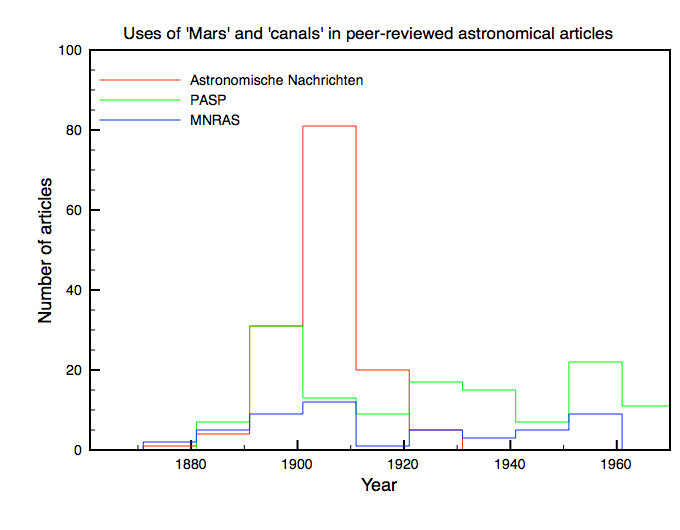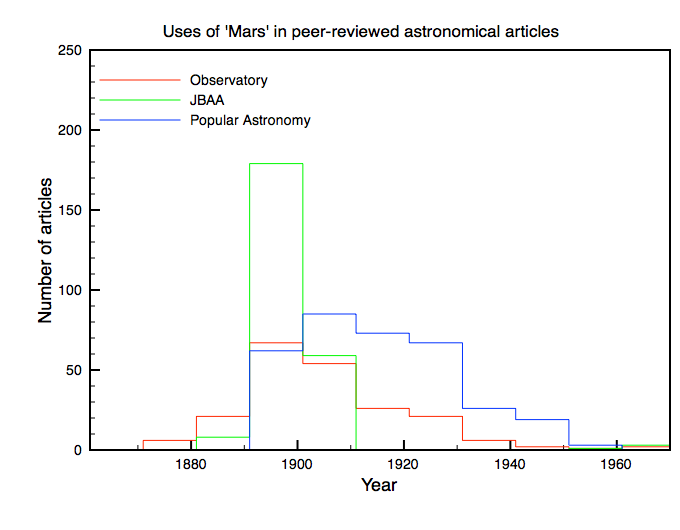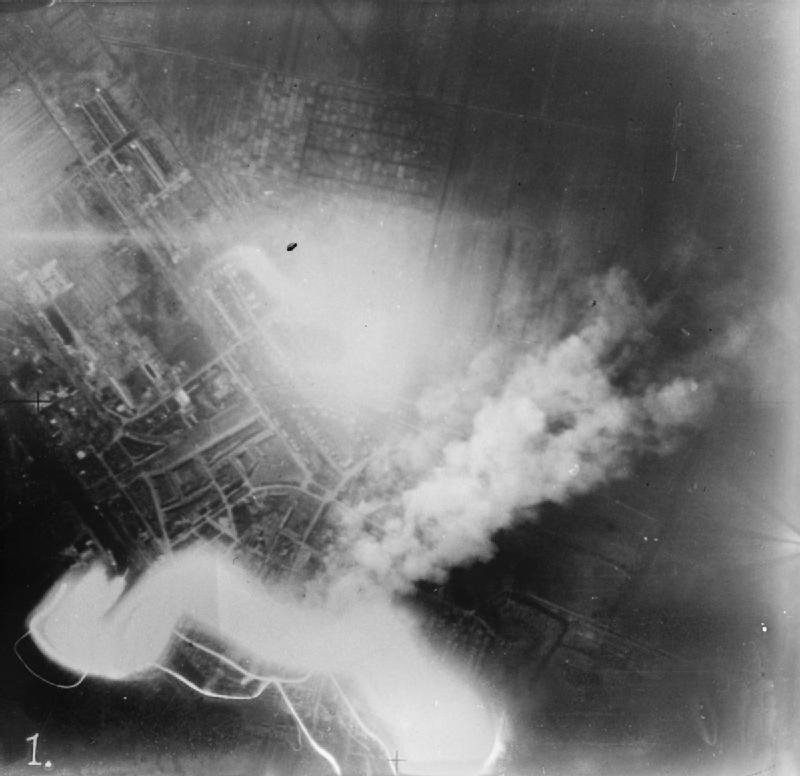British newspapers online update, January 2013
I’ve updated my list of online British newspaper archives. This time, the new titles are: Aberdeen Journal AJR Information Catholic Herald Connacht Sentinel Cork Examiner Jewish Chronicle Irish Press Irish Times Kilkenny People Louth and North Lincolnshire Advertiser Nenagh News Northants Evening Telegraph The Post/Sunday Post (Dundee) Sligo Champion Sowerby Bridge News Many of these […]






